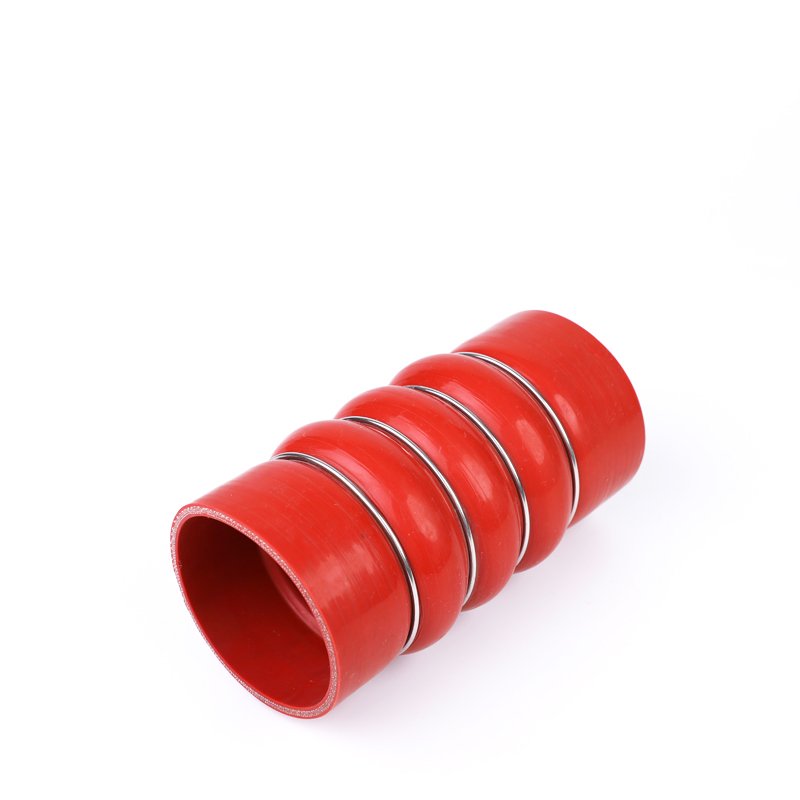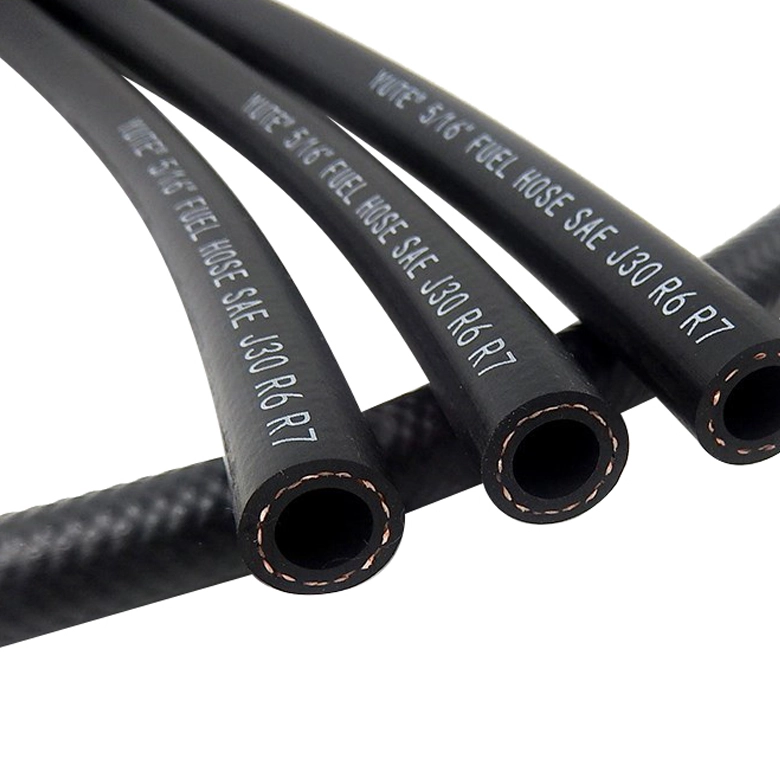Choosing the right hose clamp is key to making a secure and leak-free connection in a variety of applications. Whether you’re a distributor or a professional, knowing what to look for when selecting the best hose clamp can save you time, money, and headaches.
When you’re choosing a hose clamp, you need to consider the grade of stainless steel, the material of the hose or pipe, and the proper clamp size. You want the clamp to fit snugly without over-tightening it and causing damage. Each type of clamp has its own advantages depending on the application.
Let’s dive into the different factors to consider when choosing the best hose clamp.
1. Determine the Grade of Stainless Steel
When it comes to the material of the hose clamp, it’s all about durability and performance. Stainless steel is a popular choice because it doesn’t rust or corrode. Different grades of stainless steel offer different levels of durability.
- 304 Stainless Steel: Good for most general applications. It resists corrosion and holds up well.
- 316 Stainless Steel: Has great resistance to corrosion, so it’s perfect for marine and harsh environments.
2. Consider the Material of the Hose or Pipe
It is important that the clamp material is compatible with the hose or pipe. For example:
- Metal Clamps: Great for rubber and reinforced hoses used in high-pressure situations.
- Silicone Clamps: Ideal for delicate materials such as plastic tubing, where you need a gentler grip to avoid damaging the material.
3. Select the Proper Clamp Size
Proper sizing is important to ensure a snug fit that doesn’t cause damage. Follow these steps to get the right size:
- Measure the outside diameter of the hose when it is on the pipe or fitting.
- Choose a clamp that fits the measured diameter. Most clamps have a range they can fit.
4. Match the Clamp Type to the Application
Different hose clamps are made for different uses. Knowing the types and what they’re for can help you choose the right one:
- Worm Gear Clamps: Worm gear clamps are versatile and widely used in automotive, household, and industrial applications.
- T-Bolt Clamps: Built for high-pressure applications, giving you a strong and secure connection.
- Spring Clamps: Great for when the temperature goes up and down so you don’t have to keep adjusting them.
- Ear Clamps: Best for permanent connections where you don’t want people messing with them.
5. Evaluate the Working Environment
Consider the environmental conditions where the hose clamp will be used:
- Temperature Range: Make sure the clamp material can handle the temperature range you’ll use it in.
- Chemical Exposure: Choose clamps that won’t be harmed by any chemicals they might touch.
6. Quality Over Quantity
Investing in high quality clamps is worth it because they will last longer and work better. They will save you from having to buy clamps all the time. Look for good brands and certifications that guarantee quality.
What are the different types of hose clamps?
Hose clamps are important tools used to hold hoses onto fittings so they don’t leak. Here are some different types of hose clamps:
Screw/Band Clamps (Worm Gear Clamps):
- Design: Has a band made of stainless steel with a screw thread pattern cut or pressed into it.
- Use: Popular in automotive and plumbing applications.
- Benefits: Simple to install and adjust with a screwdriver or nut driver.
Spring Clamps:
- Design: Made of a single piece of spring steel, bent into a circle with a gap.
- Usage: Often used in auto cooling and heating systems.
- Advantages: Keeps constant pressure on the hose as it expands and contracts with temperature changes.
Wire Clamps:
- Design: Just a heavy wire bent into a loop.
- Use: For low-pressure stuff like fuel lines.
- Pros: Simple, cheap, and fast.
Ear Clamps:
- Design: Has one or more “ears” that you pinch to tighten the clamp.
- Usage: Used in automotive, industrial, and household plumbing.
- Advantages: It’s a tamper-proof, permanent seal.
T-Bolt Clamps:
- Design: A beefed-up version of the band clamp with a bolt and nut to tighten.
- Usage: Perfect for high-boost applications, like turbocharged or supercharged engines.
- Advantages: Provides a really tight, secure seal.
Constant Tension Clamps:
- Design: Similar to spring clamps but are designed to maintain constant tension through temperature variations.
- Usage: Automotive and industrial applications where hose expansion and contraction is a factor.
- Advantages: Ensures a reliable seal over a range of temperatures and conditions.
V-Band Clamps:
- Design: Uses a V-shaped band that wraps around a flange.
- Usage: Popular in exhaust systems and turbocharger connections.
- Advantages: Offers a secure and easy-to-take-apart connection.
Quick Release Clamps:
- Design: Equipped with a quick-release mechanism for easy on and off.
- Usage: Ideal for situations where hoses need to be taken off and put back on frequently.
- Advantages: Handy and time-saving for maintenance purposes.
Summary
In conclusion, choosing the correct hose clamp requires understanding the needs of your application and the types of clamps available. By considering factors such as material, size, and type, you can ensure a secure and efficient connection. Whether you need a high-pressure application or a general application, we have the right hose clamp for your needs. Please contact us for a product catalog


